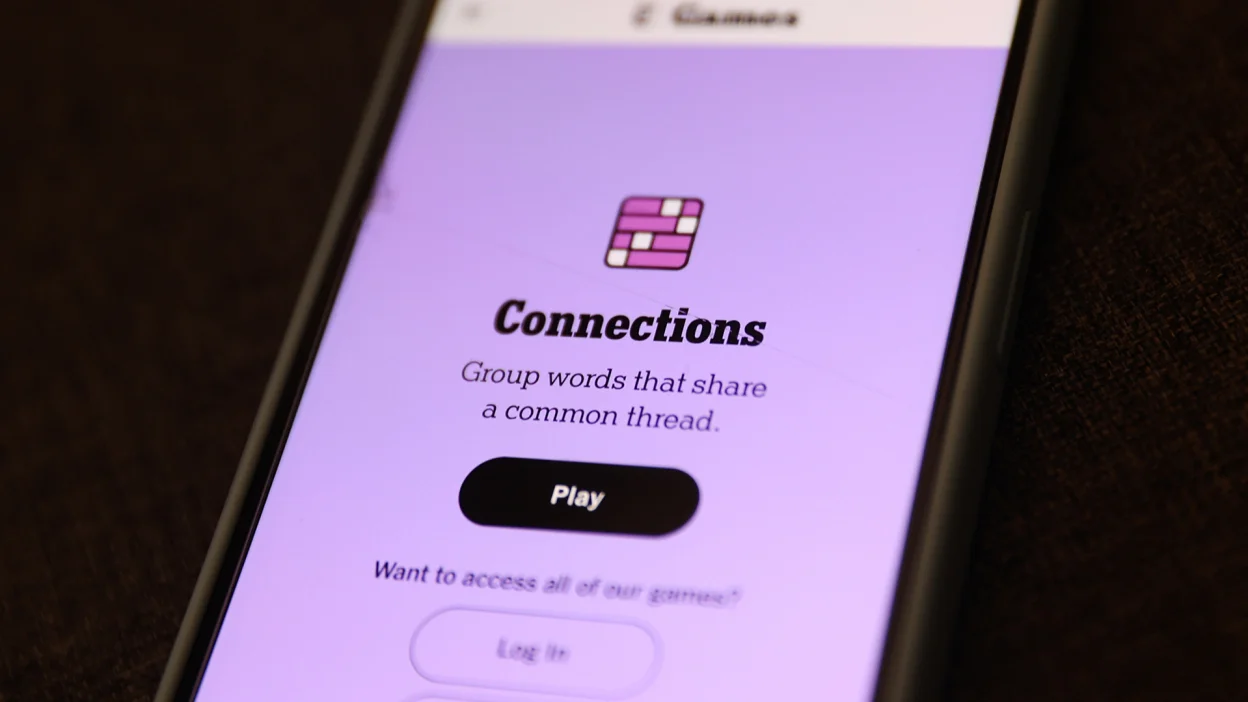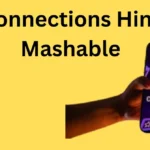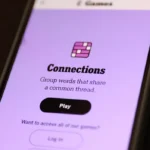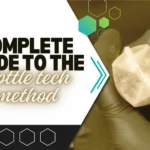Introduction
Every day, puzzle-lovers tackle the popular word-game NYT Connections, where you’re presented with 16 words and must arrange them into four groups of four based on hidden connections. If you get stuck, “hints” can serve as a lifeline—but the key is using them wisely so you still enjoy the discovery. In this article you’ll learn how to use hints effectively (not too early, not too late), master strategies that sharpen your pattern-recognition skills, and build confidence so you rely less on hints and more on your own thinking.
Whether you’re trying to protect a winning streak or simply want more fun from the game, these techniques will improve your experience. At the end you’ll also find five common “People Also Ask” style questions about hint-use, answered clearly. Let’s dive in.
Understanding the Hint Structure
Hints often come in a tiered format: a gentle nudge, a clearer direction, and, as a last resort, a full reveal. Although not every site labels them this way, many everyday-players have adopted this structure because it balances challenge with assistance.
-
Tier 1 (Gentle nudge): A short clue like “things you might wear outdoors” or “these are kitchen items.”
-
Tier 2 (Clearer direction): Adds context such as “you’ll find all of them in a garage” or “they all start with the same prefix.”
-
Tier 3 (Reveal/spoiler): “The four words are X, Y, Z, W.” Use only if you’ve done everything else and you’re still blocked.
Using hints in this graduated way preserves the “aha!” moment while giving you support when you need it.
Why Hints Matter—and When They Harm
Hints can help you avoid frustration, especially if you’re on a streak or short-on time. But if over-used, they reduce the satisfaction of solving and stunt your growth.
From a skill-development perspective:
-
Used sparingly, hints act like scaffolding—they guide you and then you take over.
-
Over-used early, they make you dependent and you learn less.
-
Best practice: Try first, hint later.
Smart Strategy for Hint-Use
-
Initial scan: Before reading any hint, scan all 16 words. Look for any grouping that jumps out (colors, animals, prefixes/suffixes).
-
Attempt one or two groupings: Make your best guess on the obvious ones.
-
Then read Tier 1 hint: Use it as a lens—not as the answer.
-
Use Tier 2 only if stuck: If you still can’t finish, read the stronger hint.
-
Reserve Tier 3 as last resort. Only use when you’re out of guesses or time.
-
Reflect after solving: Ask what pattern did you miss, why it was hard. Over time you learn the puzzle-maker’s style and need hints less.
Typical Patterns & Traps to Watch
Puzzle-makers of Connections often include:
-
Prefix/suffix patterns (e.g., all end in –ABLE, start with UN-)
-
Homophones or wordplay (e.g., “gnu/new/nu/knew”)
-
Words missing a letter, or an extra letter in common
-
Seemingly obvious groups that are wrong (red herrings)
-
Themes with cultural or U.S-centric references
One strategy: if you see a set of words that all share a simple concept (e.g., “apple, banana, orange, pear”), pause—this might be too obvious for a later (harder) group; sometimes it’s the easiest category (Yellow level). Use elimination: after you solve one or two groups, the remaining words must form the harder groups.
Building Long-Term Skill
The more you play and reflect, the less you’ll need hints. To accelerate this:
-
Try to solve a puzzle without any hints once a week.
-
After solving, look back at your mistakes: did you miss a pattern because you didn’t check first letters? Or assume meaning rather than form?
-
Keep a mental list of pattern types you’ve seen (prefix, suffix, homophone, category of things, brand names).
-
Accept that the hardest group (often color-coded Purple) will require deeper thinking—don’t force it early.
Etiquette & Community Considerations
If you share puzzles, hints or spoilers in forums:
-
Clearly label spoiler content so others can play first without seeing the answer.
-
Offer Tier 1 style nudges publicly, reserve full answers behind “spoiler tags” or separate threads.
-
Respect newer players: what seems obvious to you may not be to them.
Read More: UndergrowthGameLine Online Event Ultimate 2025 Guide
Conclusion
Hints are a valuable tool in your Connections toolbox—but only when used strategically. If you scan the words first, guess the obvious sets, and then deploy a gentle nudge when truly stuck, you preserve the joy of discovery while avoiding frustration. Over time, you’ll require fewer hints, sharpen your pattern-recognition muscles, and feel the satisfying “aha” more often. Remember:
the point of the game is not just to finish, but to learn, adapt, and have fun. Use hints as stepping-stones—not as crutches—and your solving experience will improve, your streaks will last, and you’ll enjoy the deeper moments of insight in each puzzle. Happy puzzling!
FAQs
Q1: What is a proper hint for today’s Connections puzzle?
A properly-timed hint is one you use after a serious look at the puzzle. Start by scanning all words and attempting obvious groups. Then use a gentle nudge (Tier 1) if you’re stuck.
Q2: Does using hints reduce the challenge or skill-learning?
Not if used correctly. A well-placed hint aids learning by guiding you toward the pattern rather than giving you the answer immediately. Overuse early will reduce the skill benefit.
Q3: How many wrong guesses can you make in the game?
In the Connections game you are allowed a set number of mistakes (commonly four) before the game ends and you may need to accept a default result.
Q4: Should I solve the easiest groups first or hunt the hardest group first?
Most players do the easier groups first (Yellow/Green) to reduce clutter and leave the hardest (Blue/Purple) for last. That gives more context for the tricky group.
Q5: How can I get better at solving without relying on hints?
Focus on pattern recognition: prefixes/suffixes, shared meanings, word-forms, brand names, cultural items. Practice regularly, reflect on your mistakes, and gradually reduce hint-use.










